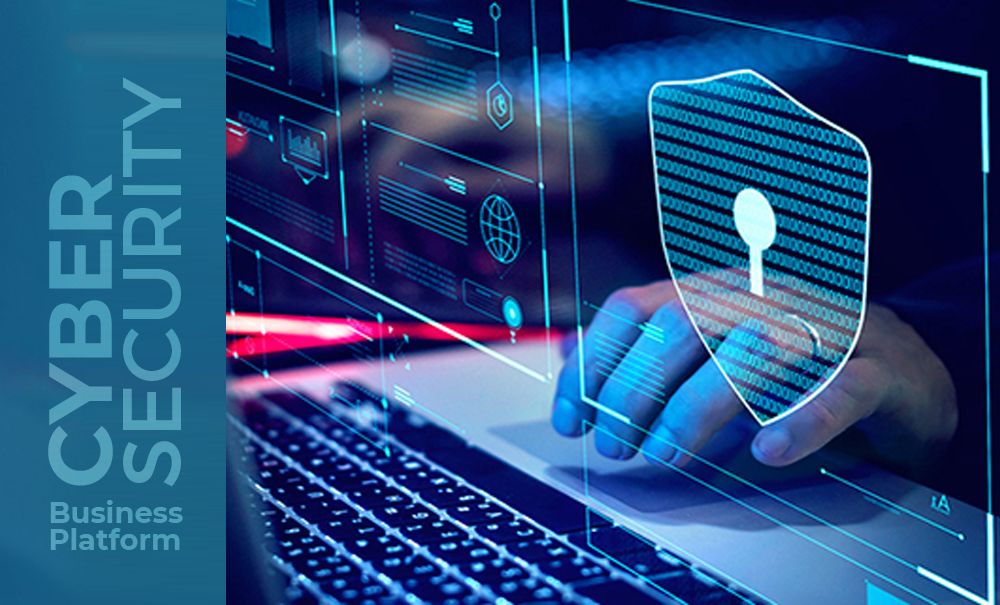
These days, data has become the most valuable asset a company can have. Because of this, companies have to constantly protect themselves against any attempt from malicious sources to access and misuse the data. While cybersecurity technology has advanced greatly in the last few years, the methods used by hackers have become more sophisticated as well. Here are six of the most common cyberattacks and how you can protect your company from them.
1. Gaining access through passwords
Violation of passwords is one of the most dangerous types of cyber security threats. If your employees use self-generated passwords to log into various accounts and gain access to dashboards, these passwords could be under threat of a cyberattack. Hackers often use programs that can generate multiple combinations of passwords until they find the right one. Once they find the winning combination, they can immediately get access to sensitive information.
To protect your company from this kind of a cyberattack, it’s important that you educate your employees on how to set up a strong password (the best passwords usually include a combination of special characters and numbers). They should also ensure that they use different passwords for different platforms and accesses. Using the same password for everything means that hackers can get access to multiple platforms at one go.
2. Phishing scams
This is one of the oldest and most common cyberattacks. In a phishing scam, people are asked to take a certain action, such as clicking on a link or providing certain information. These requests usually come through emails, but can be done through social media accounts as well. Once the user has completed the action, the hacker gets access to that system or certain information.
While people have become more educated about phishing scams these days, hackers have also made their approach more personalized and deceptive. For example, they might send an email from the subject’s bank, complete with phone number and account number to make it look authentic. To avoid phishing scams, employees should ensure that they do not open any email that comes from a source that they do not recognize.
Also Read: 5 Technology Trends for 2020
3. Malware attacks
Malware attacks or ransomware attacks are one of the best known types of cybersecurity threats. Once a hacker gains access to your system, they can install malware or ransomware. There are two ways in which this is usually done. In the first, a hacker installs a virus which instantly disrupts the platform for all users on it, thereby signaling to everyone that the website is hacked. In the second, and more insidious, way, the hacker maintains a low profile and collects all the data they can, thus gaining access to confidential information. In both methods, the end goal is usually to demand a ransom from the owner of the website.
The hacker demands a certain payment, only after which they will agree to restore the website. It’s essential that you maintain tight security on your website to prevent this type of hacking from occurring in the first place. Once the hacker gains access to your website, there’s no guarantee they will restore it after the payment or sell private data they have received.
4. Man-In-The-Middle attacks
This type of cyberattack occurs where a hacker ‘listens in’ on a private interaction between two users on the internet. By intercepting this conversation, hackers can gain access to any private information that is exchanged between the participants, including passwords, access details, confidential data and more. The most common way in this MITM attacks occur is by creating a duplicate WiFi network that the hacker has access to. Once users connect to the WiFi network, the hacker can gain access to any interaction that takes place between them. To prevent MITM attacks, you should ensure that only your company’s secure WiFi connections are present within the office. Employees should also be informed not to connect to any unknown or unfamiliar WiFi networks that are not company-approved.
5. Advanced Persistent Threats
Advanced Persistent Threats (APTs) are possibly the most powerful cybersecurity threats a company can face because it includes a combination of different types of cyberattacks spread over a consistent period of time. For example, a hacker can intercept conversations, compromise passwords and launch phishing attacks at the same time on the same company. Because they are so sophisticated, APTs are usually carried out by advanced hackers, making them very difficult to retaliate against. APTs are also generally a long-term attack, with hackers collecting information that they can use for ransom at a later date or to sell to a third-party buyer. As with any cyberattack, the best resolution for Advanced Persistent Threats is to ensure that they don’t occur in the first place. You should make sure your IT team is constantly monitoring networks, access points and firewalls to ensure that your company is not vulnerable to any attacks.
6. Botnet attacks
Bots are individual systems that are controlled by a hacker. Each of these bots are infected with the malware and can attack a system or network on command. The danger with bots is that they can number anywhere from thousands to millions. When a network is under attack from a huge number of bots, it can get overwhelmed. Any security features that are implemented on the website can prove to be ineffective because of the sheer volume of the attack. To protect your system from bot attacks, you should invest in a filtering software. This type of software immediately detect false IP addresses and blocks any traffic coming from them. This stops a botnet attack at the source before it can cause any serious damage.
These are the most widely used types of cyberattacks, but the techniques used by hackers are constantly evolving. The best way to resolve the different types of cyberattacks is to prevent them from happening in the first place. You should ensure that your website’s security systems are constantly updated and monitored to keep your data protected at all times.
iTech India has been providing customized software solutions since 2003. We specialize in custom software development, app development and re-engineering. Contact us today to know more about how we can bring value to your business proces










